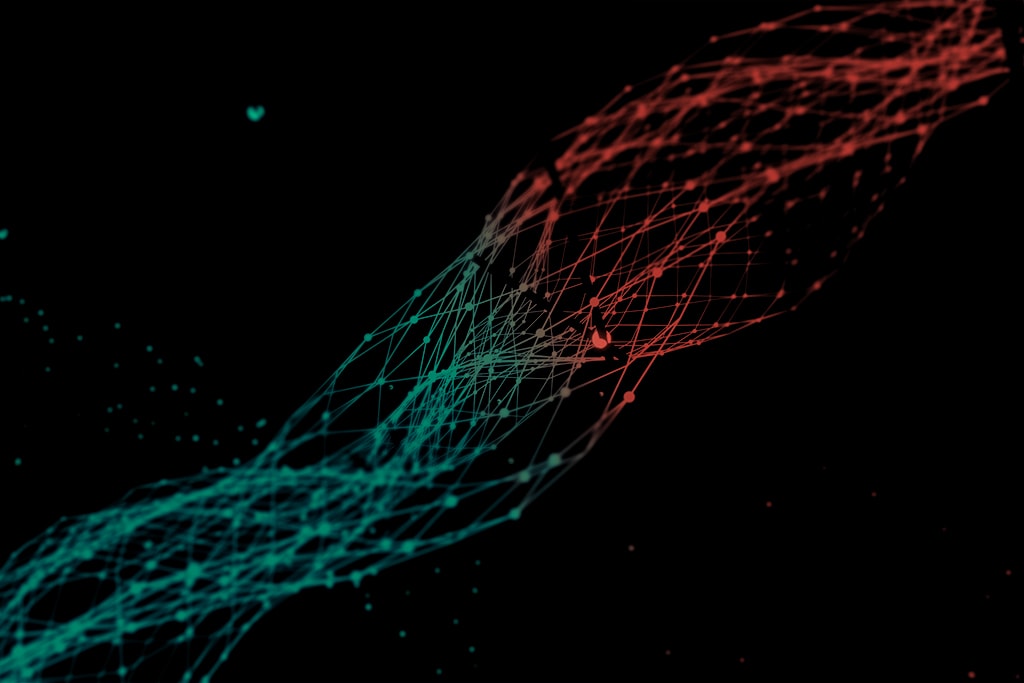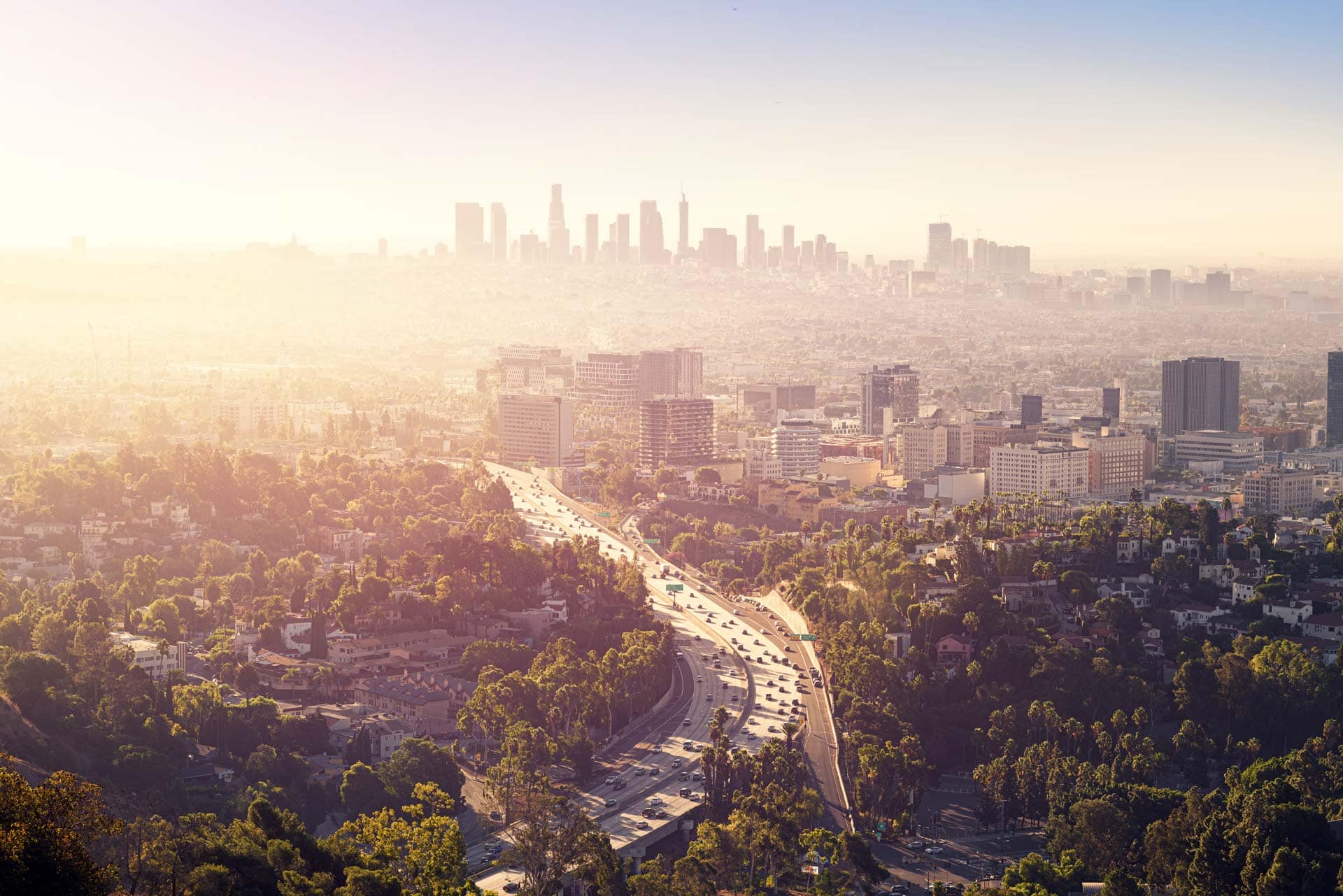SHARE
Thoughts
Sustainable web and graphic design – has it ever crossed your mind? I think it’s ok to admit that up until now, the sustainability of your marketing collateral isn’t something you’ve thought much about, if at all. But with climate change and sustainability climbing further up the agenda, now might be a good time to start.
I’ve been an in-house designer for a number of years now, but it wasn’t until I started working in the industry almost five years ago that I even gave sustainability a second thought.
Beyond asking your staff to go ‘paperless’, adding that footer to your emails, and having a recycling bin, is there much that you can do? The answer is yes!
In this blog post, I endeavour to introduce you to the idea of sustainable web and graphic design, and give some top tips to get you started.
Change your approach – form, function and usability
For many of us, the thought process behind a new piece of collateral is simple. A client or a colleague says, “We have a new service to talk about, let’s create a brochure” or “we need a poster about the Christmas Party” and we go straight to design ideas.
Taking a ‘back-to-front’ approach that starts with visualising our end goal allows us to find a creative way to solve the problem.
Let’s use the example of the poster. Think creatively and ask questions: What is our end goal? Is a poster necessarily the right solution? How and where is the poster used? Is there another option that might be more effective?
If your goal is to inform staff about the Christmas Party, could your poster actually be a banner that is on your Intranet home page? Or a short internal email campaign? If you want to ensure something tangible is getting in front of your staff, could a postcard work?
Thinking about the answers and working with your agency or in-house designer, it might be clear that an alternative solution might have a more positive impact.
Once you have your perfect solution, it’s time to follow some top tips for design and production.
Top Tips to get you started

Design: Optimise!
- Be size-ist – go for substance over size! By optimising your design and downsizing, you reduce the demand for paper.
- Use less ink coverage in your designs. The more ink on a page, the more difficult it will be to recycle.
- Reduce the bleed when possible. Keeping the bleed white where you can reduce the amount of waste.
- Think about how you work. Do you print out your design drafts? Can you reduce that number? Or stop doing it altogether?
[clickToTweet tweet=”Be size-ist – go for substance over size! By optimising your design, you reduce the demand for paper” quote=”Be size-ist – go for substance over size! By optimising your design and downsizing, you reduce the demand for paper”]
Print: Know what to ask for
There will always be situations where printing is the correct solution, which is why your print supplier is also an important consideration. What should you be asking for to ensure that your projects are being printed as sustainably as possible?
Paper:
- FSC certified – find out more here
- Recycled paper – at least 30% Post-consumer Waste (PCW) recycled fibre
- Processed chlorine free (PCF)
- Consider using a lighter weight paper
- Use uncoated paper stock
Ink:
- Vegetable/plant-based
- Low VOC levels
Other considerations:
- Use a local printer
- Choose a printer with a formal environmental and energy reduction policy
- Consider digital or waterless printing
- Choose PDF over print proofs
- Reuse and recycle – have a strategy and make sure your printer has one too
Digital: There’s still things you can do
While printing contributes to pollution through the usage of materials, digital design contributes to climate change through the usage of electricity but there are still some things you can do to reduce your impact.
- Streamline website image size to reduce download times (and you’ll also make your site faster, giving your visitors a better experience and giving you a welcome SEO boost from Google’s algorithms!)
- Offer print-friendly web pages – that really lovely scrolling page might drop over to three or four pages if someone decides to print it
- Have a strategy to offset the carbon used by your electronics
What does sustainable design look like at EVORA?
Since I joined EVORA in June, we have already made a start on improving the sustainability of our design process and there are things that we’re really excited to be doing in the year ahead.
- Switching print suppliers. The first (and most simple) thing I have done. EVORA’s preferred printer is Seacourt ‘planet positive printing’, a Net Positive print company.
- Identifying our standard paper stock. The next step is a switch in our paper stock for all work going forward. We will work with our supplier to identify a paper stock which is as sustainable as possible while maintaining a corporate image in keeping with our brand guidelines.
- Being more creative with our designs. A revamp of our marketing materials for 2018 provides the ideal opportunity to be more innovative with our collateral – watch this space!
- Optimising digital. EVORA’s new website, which launched recently, offers us much more control of the design of the site. We have already worked on image optimisation to reduce our site load speed and in the new year we will be working on print friendly versions of our most visited pages.
 Seacourt ‘planet positive printing’ is a green printing company. Seacourt is known for its radical approach to protecting the environment, is one of the very first printing firms to achieve EMAS certification in 1999, an accreditation renowned for its high standards and stringent demands. The company has been recognised as ‘one of the top three leading environmental printers in the world’ by a worldwide printing association, and has gone onto win THREE coveted Queen’s Award for Sustainable Development. In 2017, they were also awarded a European EMAS Award.
Seacourt ‘planet positive printing’ is a green printing company. Seacourt is known for its radical approach to protecting the environment, is one of the very first printing firms to achieve EMAS certification in 1999, an accreditation renowned for its high standards and stringent demands. The company has been recognised as ‘one of the top three leading environmental printers in the world’ by a worldwide printing association, and has gone onto win THREE coveted Queen’s Award for Sustainable Development. In 2017, they were also awarded a European EMAS Award.



